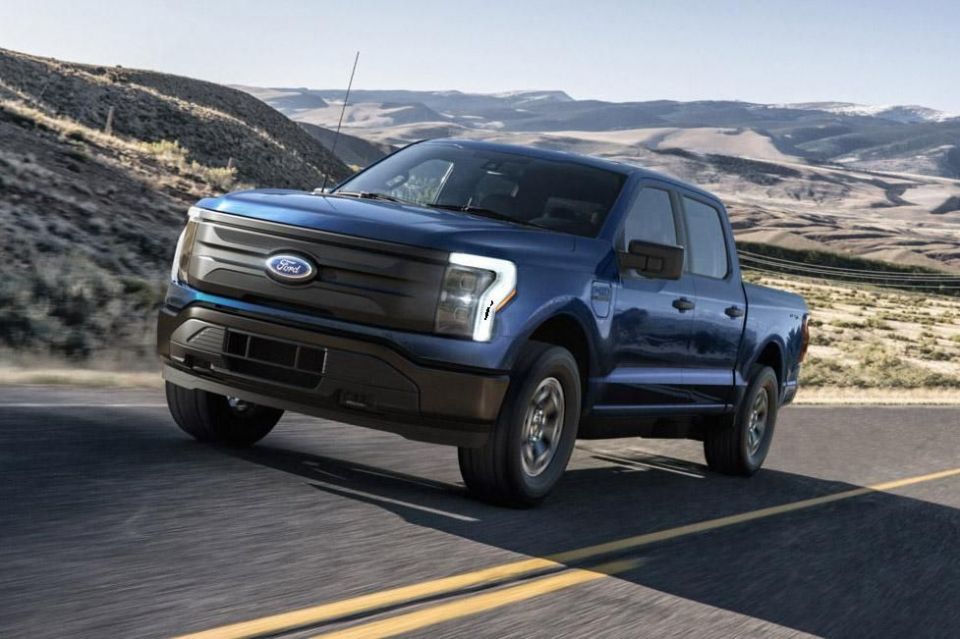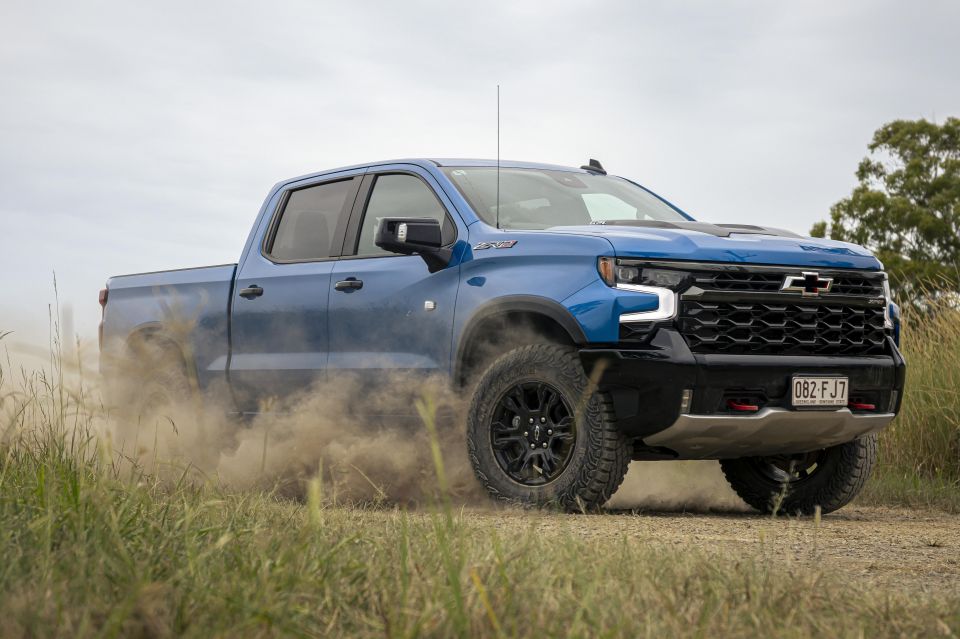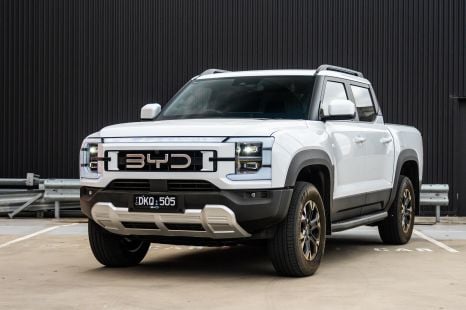

James Wong
2025 Mazda CX-5 G25 Touring AWD review
6 Days Ago
The US has formalised its electric vehicle sales targets, representing a significant walkback following reducing demand for EVs.

Contributor


Contributor
The US Government has formally set its electric vehicle (EV) sales targets, with recent slowing demand for battery-powered models leading to a significant reduction compared to its original proposals.
Previous US Environmental Protection Agency (EPA) proposals had intended for EVs to account for 67 per cent of new light-duty vehicle sales by 2032, in a bid to achieve the nation’s emissions reduction targets.
However, following a cooling of demand, EVs are now expected to make up between 35 to 56 per cent of sales on the new vehicle market by 2032.
Though this is not a hard-and-fast enforcement, it is an outline of what carmakers will need to do to meet wider emissions regulations across their fleets.

The decision to walk back the target also came amid pressure from the ‘Big Three’ US carmakers – Ford, General Motors and Stellantis (formerly FCA) – who have been slower than some to adopt EVs, and warned the move away from petrol and diesel vehicles would lead to job losses in the manufacturing sector.
Despite the reduced EV sales target, the EPA’s projected emissions reduction figure only fell by seven per cent, with CO2 contributions from new vehicles now expected to be cut by 49 per cent from 2026 to 2032 – down on the original target of 56 per cent.
This will be achieved by better adoption of traditional hybrid and plug-in hybrid vehicles, which are becoming closer in price to purely petrol and diesel models. For example, the Ford F-150 will be sold with hybrid technology for the same price as without it this year.
The EPA expects approximately 7.2 billion tonnes of CO2 to be cut from the US vehicle fleet through 2055 as a result of the new rules, which will see carmakers aiming for a 50 per cent emissions reduction for light-duty vehicles, and 44 per cent for medium-duty vehicles.

As expected, the United Auto Workers (UAW) union – which recently backed President Joe Biden following his support of the group’s industrial action against the Big Three carmakers – as well as the Alliance for Automotive Innovation lobby group welcomed the new emissions rules.
However, Martin Viecha – an executive from Tesla, which only sells EVs – criticised the watered-down targets, claiming the true emissions from plug-in hybrids are higher in real life than in lab tests.
“Unfortunately, people use plug-in hybrids mainly as gas cars, which means their CO2 emissions are far worse than official EPA or WLTP ratings suggest,” Mr Viecha said in a post on X (formerly known as Twitter).
“Just like officially rated energy consumption of EVs has been getting closer and closer to reality, [the] same should be done for plug-in hybrids.”

In Australia, the Federal Chamber of Automotive Industries (FCAI) – the lobby group representing a majority of carmakers locally – pointed to the changed EPA targets as proof the Australian Government is going too hard and fast with its proposed New Vehicle Efficiency Standard (NVES).
“A vehicle efficiency standard is a major step for Australia, and we should take the time to ensure that car companies have sufficient time to increase the supply of zero and low-emission vehicles into the local market,” FCAI chief executive Tony Weber said in a statement.
“Like in the US, Australian consumers should have time to embrace the shift, and ensure they have access to the types of vehicles they want and need at prices they can afford.
“The Australian Government has consistently said that it is using the US scheme as a guide. Rushing to introduce a scheme, in just nine months’ time, without learning from the US experience is recipe for a disaster in Australia.”
The group has called on the Australian Government to consider other elements of US standards, such as differing vehicle classification and credits for EVs whereby they’re counted multiple times, further offsetting CO2-emitting combustion-powered vehicles.
You can read more about the NVES – which the Government plans to come into effect from January 1, 2025 – by reading our coverage here.
Born and raised in Canberra, Jordan has worked as a full-time automotive journalist since 2021, being one of the most-published automotive news writers in Australia before joining CarExpert in 2024.


James Wong
6 Days Ago


Max Davies
4 Days Ago


Josh Nevett
3 Days Ago


Josh Nevett
3 Days Ago


Paul Maric
2 Days Ago


William Stopford
1 Day Ago